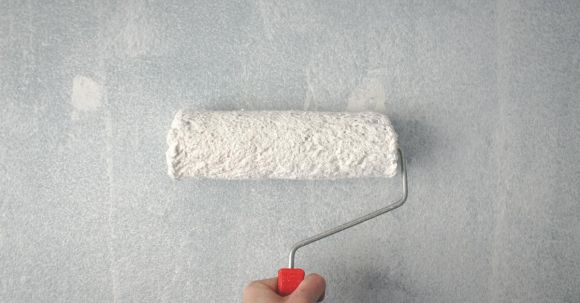Painting can be a fun and rewarding project that can transform any space. Whether you are painting a room in your home or tackling a larger project, it’s important to have a plan in place to ensure success. With the right tools, techniques, and preparation, you can achieve professional-looking results. Here are some essential tips to help you with your painting projects.
Choosing the Right Paint
The first step in any painting project is choosing the right paint. Consider the type of surface you are painting and the desired finish. For interior walls, a latex paint is a popular choice due to its durability and easy cleanup. For exterior surfaces, an acrylic paint is recommended for its weather resistance. Take the time to research different brands and finishes to find the best option for your project.
Preparation is Key
Preparation is often overlooked but is crucial for a successful painting project. Start by clearing the area of furniture and other items that could get in the way. Protect your floors and furniture by using drop cloths or plastic sheets. Remove any loose or peeling paint and sand the surface to create a smooth base for your new paint. Fill any holes or cracks with spackling compound and allow it to dry before sanding.
Use High-Quality Tools and Brushes
Investing in high-quality tools and brushes can make a significant difference in the outcome of your painting project. Good brushes will provide smoother and more even coverage, resulting in a professional finish. Avoid using cheap brushes that can leave streaks or bristles behind. Additionally, using high-quality rollers and paint trays will make the application process much easier and more efficient.
Prime the Surface
Priming the surface is an important step that should not be skipped. Primer helps to create a smooth and even surface for your paint to adhere to. It also helps to hide any imperfections and ensures better coverage. Apply a coat of primer before painting, especially if you are painting over a dark or previously painted surface. Allow the primer to dry completely before applying your paint.
Apply Paint in Thin, Even Coats
When it comes to applying the paint, less is more. It’s better to apply multiple thin coats rather than one thick coat. This will help to prevent drips, streaks, and uneven coverage. Start by cutting in the edges with a brush and then use a roller for larger areas. Roll the paint in a “W” or “M” shape to ensure even distribution. Allow each coat to dry before applying the next one.
Clean and Store your Tools Properly
After you have finished your painting project, it’s important to clean and store your tools properly. Rinse your brushes and rollers with warm water or the recommended cleaning solution to remove any excess paint. Dry them thoroughly before storing them in a clean and dry place. Properly caring for your tools will ensure that they last longer and are ready for your next painting project.
In conclusion, successful painting projects require careful planning, preparation, and attention to detail. By choosing the right paint, properly preparing the surface, using high-quality tools, and applying paint in thin, even coats, you can achieve professional-looking results. Don’t forget to clean and store your tools properly to ensure their longevity. With these essential tips, you’ll be well on your way to a successful painting project.





